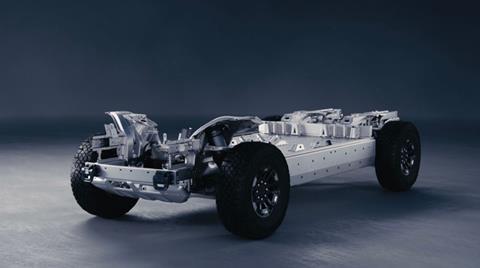
Motor manufacturer GM has announced that it plans to become carbon neutral in its global products and operations by 2040.
In addition to its carbon goals, the company has worked with the Environmental Defense Fund to develop a shared vision of an all-electric future and an aspiration to eliminate tailpipe emissions from new light-duty vehicles by 2035.
GM’s focus will be offering zero-emission vehicles across a range of price points and working with all stakeholders, including EDF, to build the necessary charging infrastructure and promote consumer acceptance.
“With this extraordinary step forward, GM is making it crystal clear that taking action to eliminate pollution from all new light-duty vehicles by 2035 is an essential element of any automaker’s business plan,” said Environmental Defense Fund president Fred Krupp.
“EDF and GM have had some important differences in the past, but this is a new day in America – one where serious collaboration to achieve transportation electrification, science–based climate progress and equitably shared economic opportunity can move our nation forward.”
GM has committed to offering 30 all-electric models globally by mid-decade and 40% of the company’s US models offered will be battery electric vehicles by the end of 2025.
The company is investing $27bn in electric and autonomous vehicles in the next five years – up from the $20bn planned before the onset of the COVID-19 pandemic.
The investment includes the continued development of GM’s Ultium battery technology, and more than half of GM’s capital spending and product development team will be devoted to electric and electric-autonomous vehicle programs. In the coming years, GM plans to offer an EV for every customer, from crossovers and SUVs to trucks and sedans.
The company will also continue to increase fuel efficiency of its traditional internal combustion vehicles.
GM is also working with the charging network EVgo to triple the size of the largest public fast charging network in the US, by adding more than 2,700 new fast chargers by the end of 2025 to help accelerate electric vehicle adoption.





















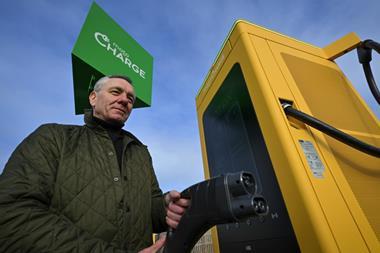
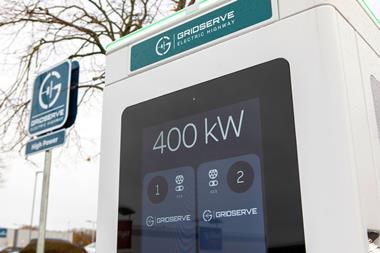

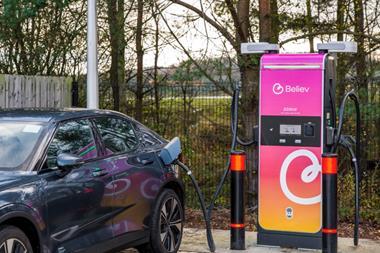
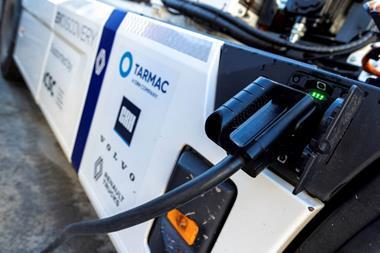
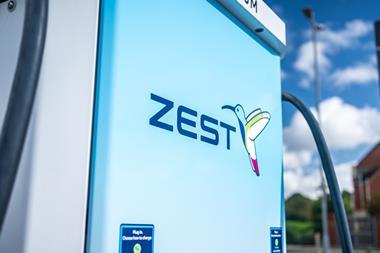

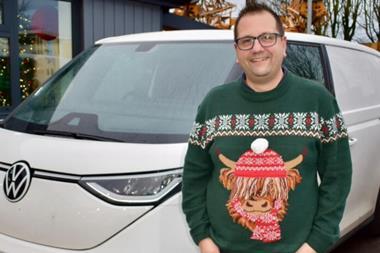

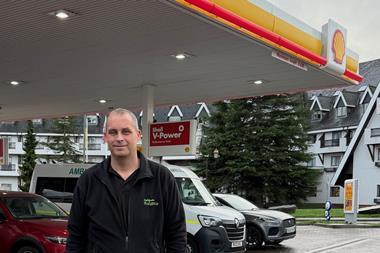


No comments yet